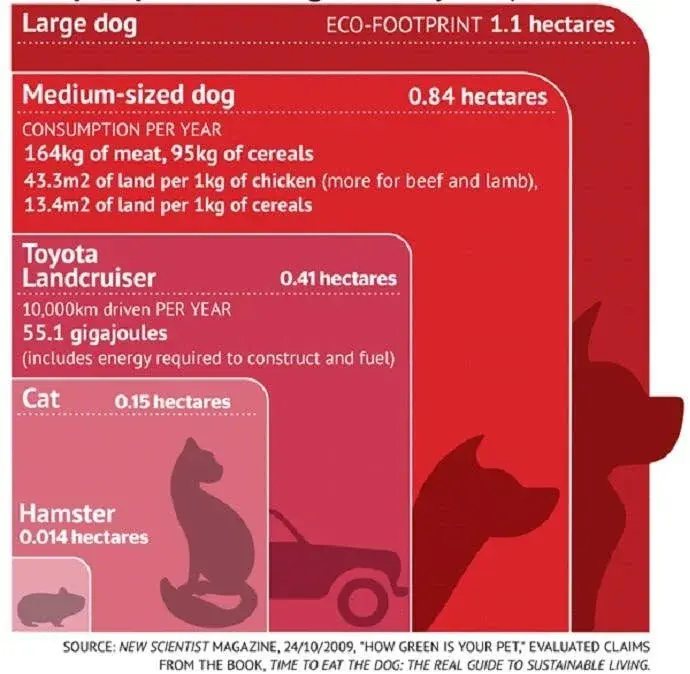this post was submitted on 02 Jan 2025
17 points (84.0% liked)
Grafiki - anarchizm, antyfaszyzm, ekologia, feminizm
258 readers
1 users here now
founded 4 years ago
MODERATORS
you are viewing a single comment's thread
view the rest of the comments
view the rest of the comments

this assumes the animals are slaughtered for pet food, but they aren't. the meat fed to pets is generally the worst cuts of the animal and the offal, meaning that feeding this to pets is a conservation of resources.
tbh, i don't understand those mathematics from this study xd
https://journals.plos.org/plosone/article?id=10.1371%2Fjournal.pone.0291791#sec014
this is hard to understand. has anyone else independently reproduced this? if not, we should probably just suspend judgement on their claims until we have more information.
this study also relies on poore-nemecek 2018, a study that misuses source data and doesn't disclose this, and which draws some pretty hyperbolic conclusions. I disregard poore-nemecek entirely, and find papers that cite it dubious at best.